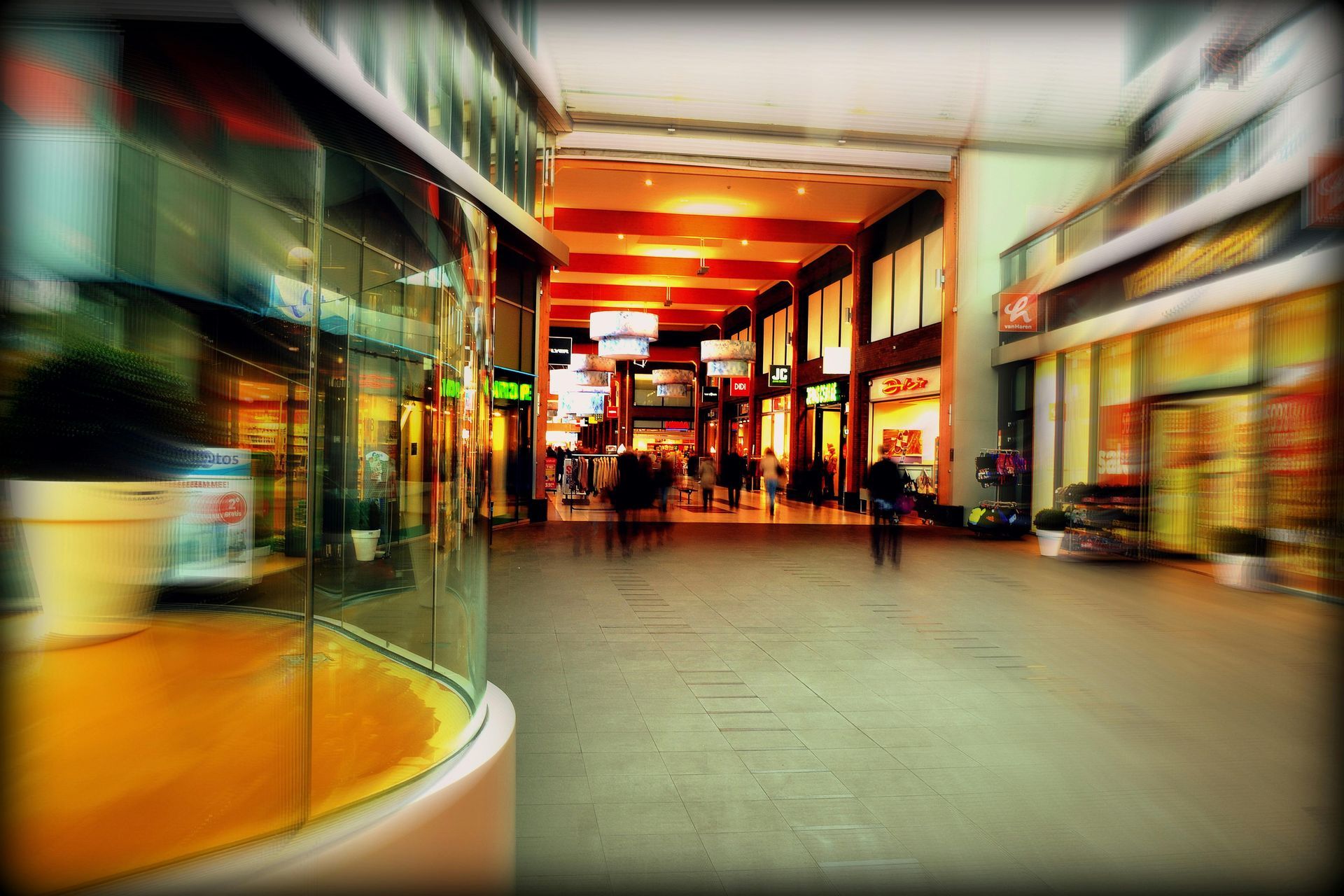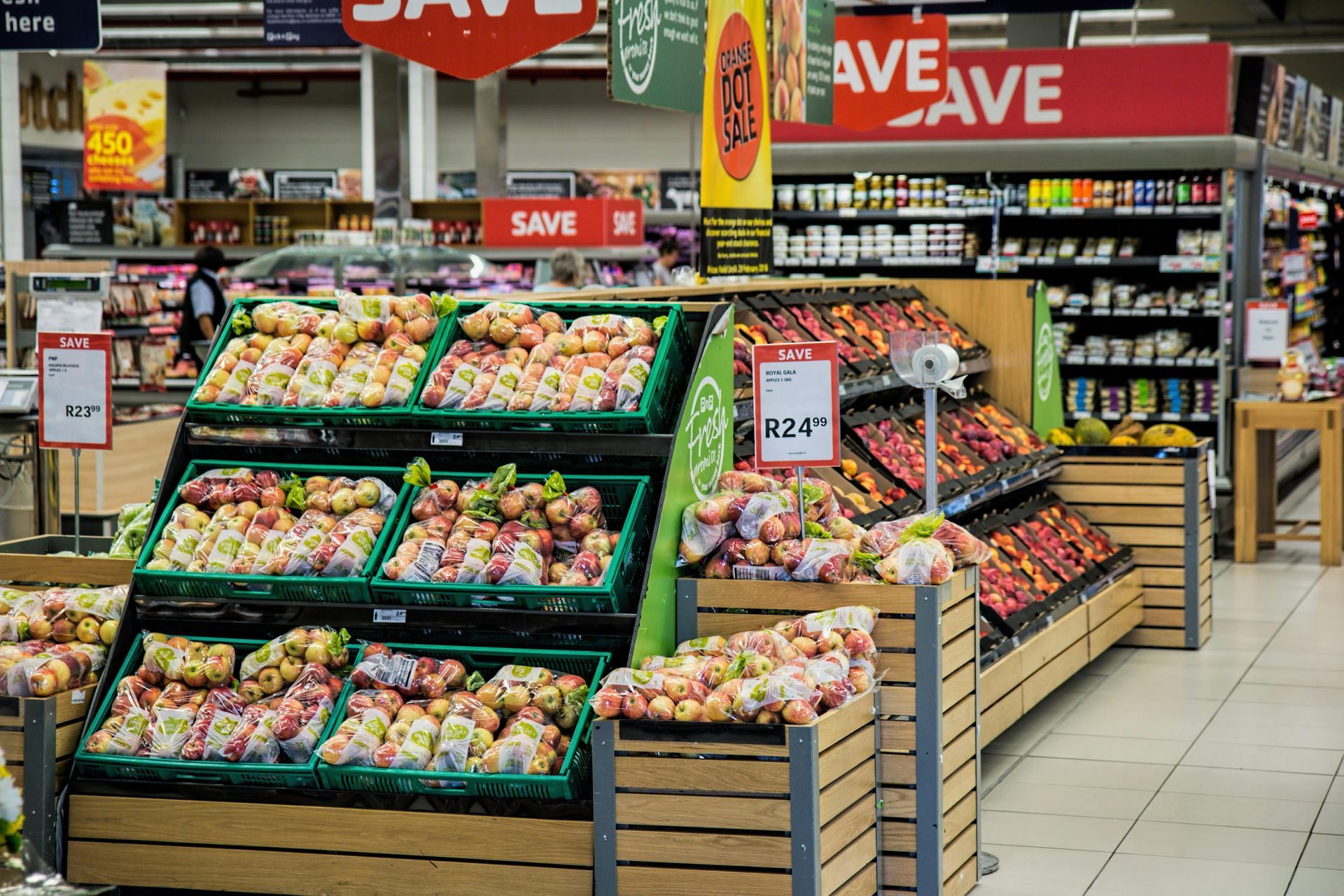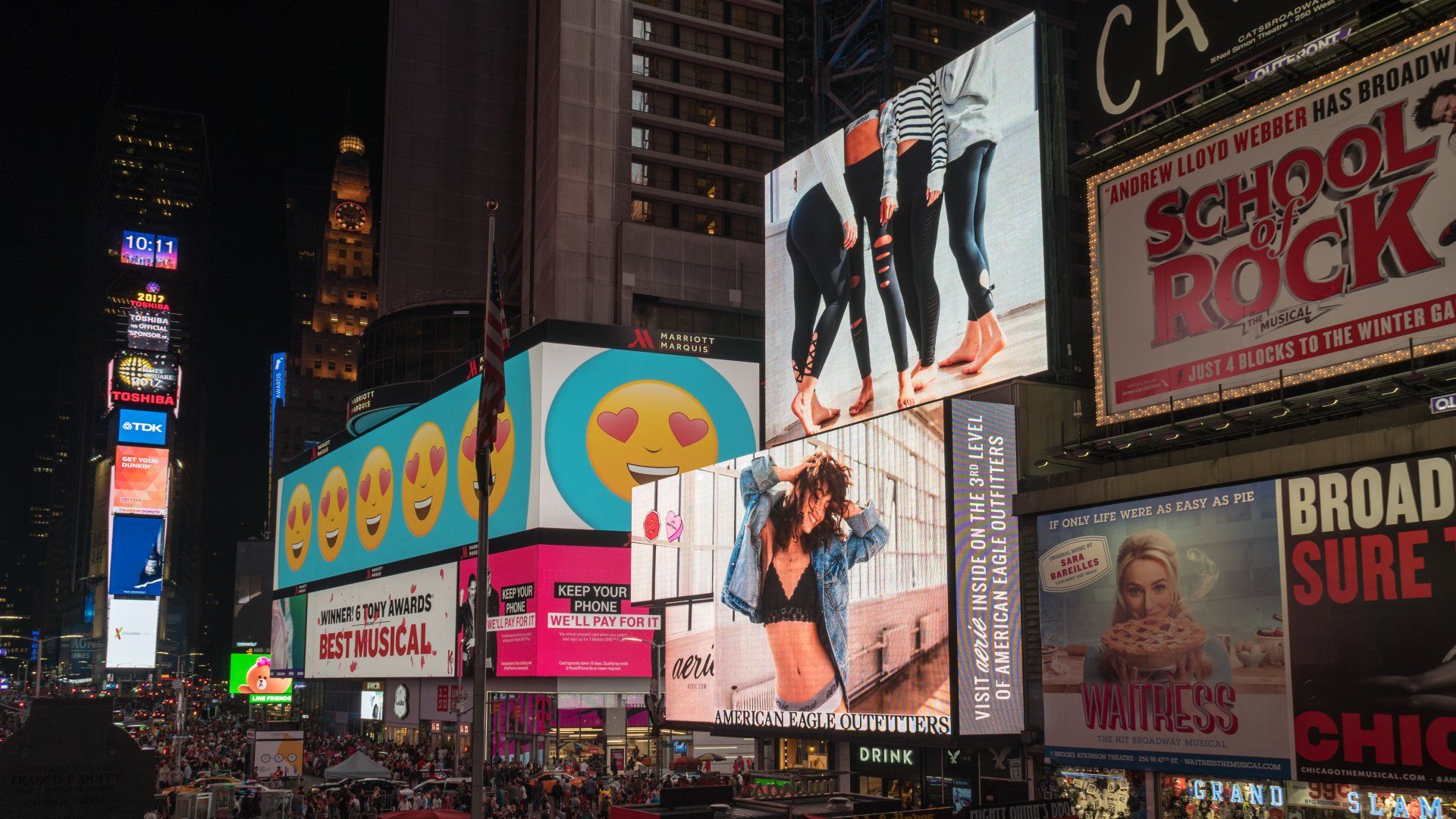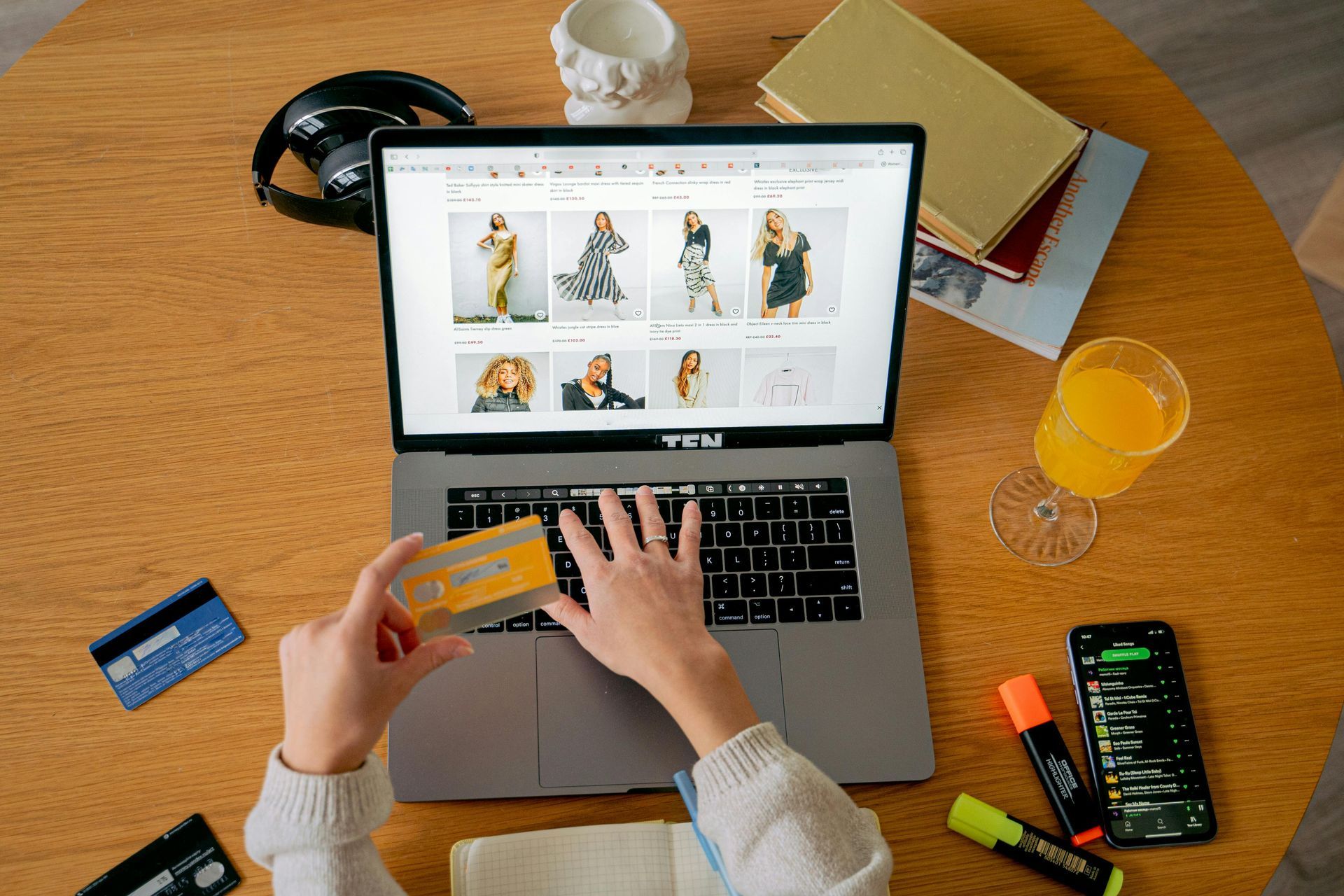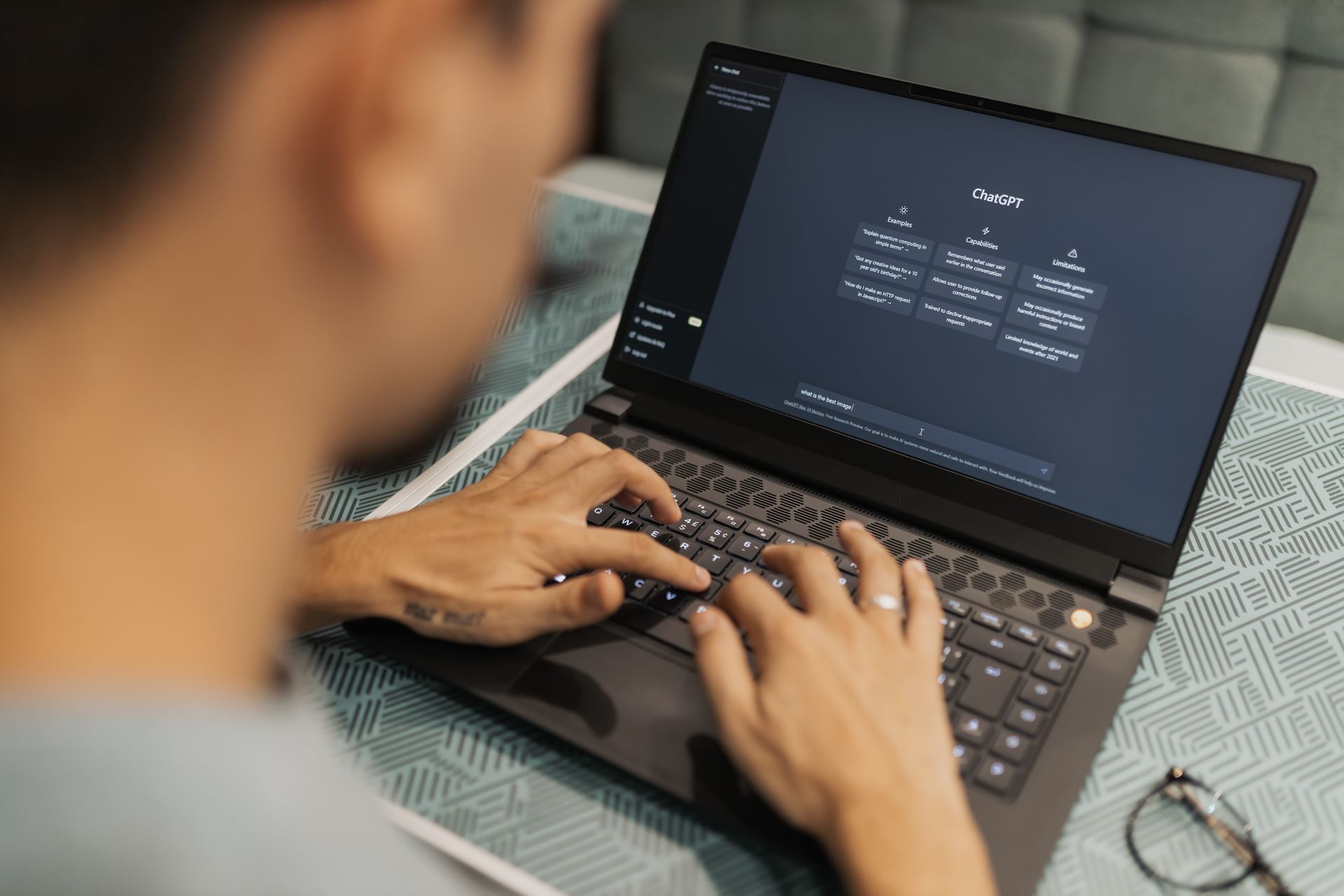Your Customers Have Money. They're Just Not Spending It the Way You Think.
I've been paying attention to my own shopping habits lately.
Not in a "let me track every expense in a spreadsheet" way (although I've tried that and it never lasts). More in a "why am I still using this phone from 2022?" way.
It's not broken. The battery's fine. The camera works. The apps all run. There's just... no reason to upgrade. No burning desire. No FOMO about the latest model. I looked at the new phones last month, read some reviews, closed the tabs.
If you're running a business in South Africa right now, particularly if you're selling anything, this matters more than you think.
Because I'm not alone. According to NIQ's State of Retail report for H1 2025 , South Africans spent R324.4 billion on fast-moving consumer goods in the first six months of 2025. That's 7.4% more than the same period last year. We're spending more AND buying more stuff (volume up 7.2%).
So money IS flowing. The problem is where it's going, and more importantly, where it's NOT going.
The Smartphone Replacement Cycle is Dead (And It's Not Coming Back)
Let me start with the thing that shocked me most in this data.
Smartphone sales are collapsing. Not slowing down. Not "facing headwinds." Collapsing.
In H1 2025, telecoms (which is 54% of the entire Tech & Durables market) dropped 8.1% in value and 9.6% in units. The NIQ report puts it bluntly: "The upgrade urgency that drove growth in the smartphone segment appears to have dissipated."
Translation: nobody's upgrading anymore.
Here's why this is happening (and why it's permanent):
Contract lengths have changed. Where we used to do 12-24 month contracts, now you're looking at 36 to 48 months. That's four years with the same phone. By the time you're eligible for an upgrade, your phone's already ancient, but it still works, so... why bother?
There's nothing new to get excited about. The jump from iPhone 12 to iPhone 15? Marginally better camera. Slightly faster processor. The same bloody notch. There's no killer feature anymore. No "I need this" moment. Just incremental improvements nobody asked for.
Phones are actually lasting longer. Better batteries, more durable screens, longer software support. My 2022 phone could easily make it to 2027 if I wanted it to. (I probably will.)
We have other priorities. A phone contract costs R800 to R1,500 per month. That's groceries. That's petrol. That's money we'd rather spend on things that matter more right now.
The result? People are keeping their phones for 3 to 5 years instead of 2. The upgrade cycle everyone built their business model around? Gone.
And it's not just phones. Office machines (printers, scanners) are down 21.7% in value and 30.2% in units. Because nobody needs a printer anymore. We sign PDFs on our phones. We store documents in Google Drive. We've gone paperless not because we're trying to save the planet (although that's nice), but because it's just easier.
The work-from-home printer buying spree of 2020? Over. People are back in offices where printers already exist, and they're not buying new ones for home.
This is structural. Not cyclical. These categories aren't coming back.
But Here's Where It Gets Interesting
While tech sales are tanking, other categories are surging.
Snacking is up 9.3% in value, 12.2% in volume. South Africans spent R23.6 billion on snacks in six months. That's not a typo.
Beverages: up 10.4% to R47 billion.
Liquor: up 7.5% to R63 billion.
Tobacco: up 16.2% in value, nearly 20% in volume.
Let me translate this for you: people are stressed, and they're buying small comforts.
The volume growth tells the real story. Volume up 12.2% while value is only up 9.3%? That means people are buying MORE snacks at LOWER prices. They're hunting for promotions, buying bulk, going for value packs. They're not splurging on premium crisps. They're buying the big bag of whatever's on special at Pick n Pay.
It's not indulgence. It's survival spending. Small treats to get through the day. A chocolate bar instead of a meal. A bottle of wine instead of a restaurant dinner.
This is economic stress eating, and it's everywhere in the data.
The Traditional Trade Surge (Or: Why Spaza Shops Are Winning)
This is the trend most businesses are completely missing.
Traditional trade (spaza shops, independent superettes, taverns) grew 14.8% in value and 16.4% in units in H1 2025.
Modern trade (Pick n Pay, Checkers, Woolworths, Takealot) grew 5.1% in value and 2.1% in units.
Traditional trade is growing THREE TIMES FASTER than the big chains.
Why?
They're closer. You can walk to the spaza. No need to drive, no need to find parking, no petrol costs.
They're flexible. The spaza owner knows you. He'll let you buy a single cigarette if that's all you can afford today. Try asking Woolworths to break a pack.
They understand their customers. They stock what sells. They adjust prices daily. They run on tiny margins and they're profitable because they don't have corporate overhead.
They're competing on convenience, not price. Yes, a loaf of bread might be 50 cents more expensive than at Shoprite. But if the alternative is a 20-minute drive and R30 in petrol, the spaza wins.
(Sidebar: this is exactly why every time a big chain talks about "disrupting" traditional trade with technology, I roll my eyes. The spaza owner isn't using a fancy POS system. He's using WhatsApp and a notebook. And he's winning.)
If you're running a business and you're not thinking about local, convenient, flexible channels, you're missing the entire game.
The Private Label Puzzle
Here's something that surprised me.
For years, the story was: "Everyone's trading down to store brands because they're cheap."
In 2024, private labels grew 8.8% and hit 18.5% market share. Everyone predicted they'd keep growing forever.
But in H1 2025? Private label growth slowed to 7.5%. Market share dropped to 18.3%. Meanwhile, branded products bounced back with 8.6% growth.
So what happened? Did consumers suddenly get richer?
No.
Brands fought back. They launched aggressive promotions, buy-one-get-ones, loyalty rewards. They reminded people why they loved the brand in the first place. They made it financially rewarding to stay loyal.
And consumers responded by... being strategic.
They didn't abandon private labels. They just stopped defaulting to them. Now they're cherry-picking. Store brand sugar? Sure, it's all the same. Store brand coffee? No thanks, I want Nescafé when it's on special.
If your branded product is on promo and gives me loyalty points, I'll buy it. If it's not, I'll buy the store brand. It's not emotional. It's arithmetic.
The brands that are winning right now are the ones that understand this and structure their promotions accordingly.
The Warning Signs You're Missing the Shift
You might be missing this entire shift if:
You're still pricing like it's 2019. A friend of mine runs a restaurant in Sandton. His prices haven't changed in three years because "raising prices feels wrong." Meanwhile, his costs have gone up 30%. He's losing money on every plate. That's not noble. That's just bad business.
You're ignoring traditional channels. If your distribution strategy is "big chains only," you're missing the fastest-growing retail segment in the country. Yes, dealing with hundreds of spazas is harder than dealing with one Shoprite buyer. Do it anyway.
You're not running promotions. The data is clear: consumers are hunting for deals. If you're not giving them a reason to choose you this week, they're buying whatever's on special.
You assume upgrade cycles will return. If your business model depends on people replacing things every two years (phones, laptops, appliances, cars), you're in trouble. The new normal is "use it until it breaks."
You're competing on features instead of utility. Nobody cares that your new model has three extra features. They care whether it solves their problem better than what they already have. (Spoiler: it probably doesn't.)
The Opportunity (For Those Paying Attention)
If you're reading this and feeling a bit panicked, good. You should be.
But there's opportunity here if you're willing to adapt.
Focus on consumables, not durables. People are still buying things they use up (food, drinks, snacks, toiletries). They're just being strategic about it. If you're in FMCG, you can win with the right promotion strategy.
Go local and convenient. The future of retail isn't bigger stores. It's closer stores. Think radius, not reach.
Make promotions a habit, not an event. Consumers are checking prices every week. If you're only running Black Friday specials, you're invisible the other 51 weeks of the year.
Understand the replacement economy. People are replacing broken things, not upgrading working things. If you sell appliances, fridges, washing machines... you're actually in a good position. But you need to position as "reliable replacement" not "exciting upgrade."
Sell comfort, not aspiration. The snacking surge tells us people want small pleasures, not big transformations. They don't want to "elevate their lifestyle." They want to feel slightly better today than they did yesterday.
Here's What Most Businesses Miss
This isn't a trend. It's a recalibration.
For the last decade, we've operated in an economy where upgrades were expected. New phone every two years. New car every five. Replace perfectly good appliances because the new one has Wi-Fi.
That era is over.
Consumers have adapted. They're not broke. They're just done pretending they need things they don't need. They have money. They're spending it. Just not on your upgrade.
They're buying snacks. They're shopping at the spaza. They're keeping their phones for four years. They're choosing the branded product when it's on special and the private label when it's not.
The businesses that thrive over the next few years will be the ones that understand this new logic. Not with vague promises about "value." But with specific, measurable changes to pricing, distribution, promotion strategy, and product positioning.
The revolution isn't happening in boardrooms. It's happening in shopping baskets. Every time someone chooses the spaza over the supermarket. Every time they keep their phone another year. Every time they buy the big bag of crisps on special instead of the premium pack.
Pay attention. Your customers already are.
Running a business and trying to figure out how these consumer shifts affect your strategy?
Let's talk about positioning your marketing for the way people are actually spending now.
Get in Touch
